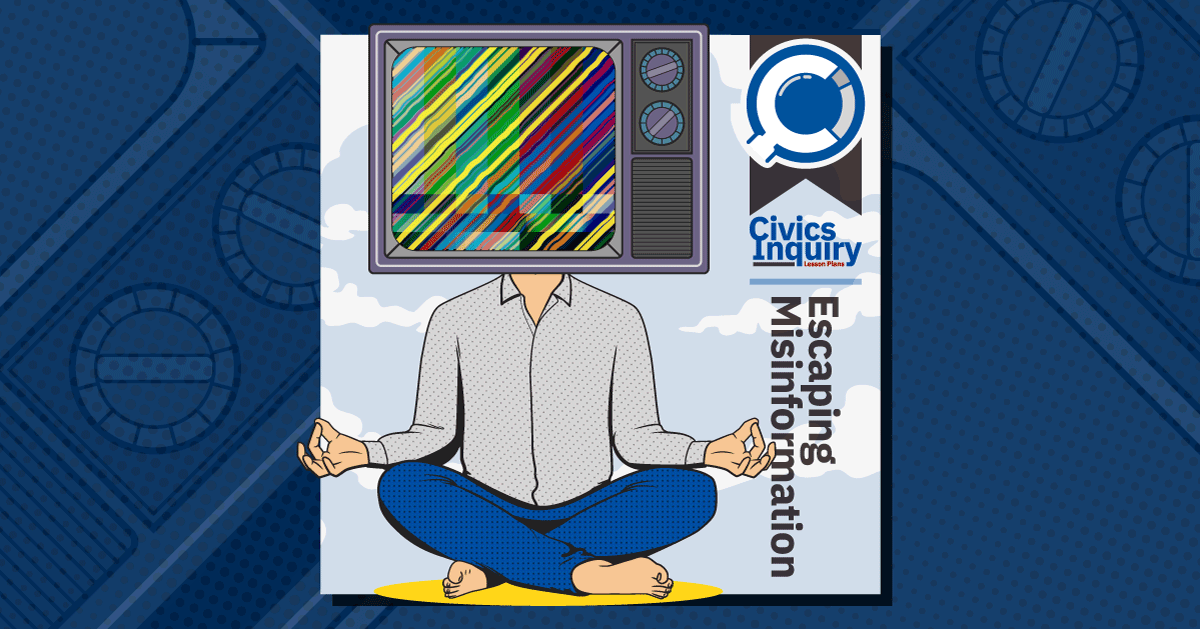
Escaping Misinformation
Consider the sheer volume of information adults and children are exposed to daily, from news and entertainment outlets to social media, texts, and memes. Everyone could benefit from a set of skills and strategies to employ when engaging with each piece of media. Even our youngest media consumers need a toolkit they can turn to when evaluating if a source is reliable. With media literacy tools, students can critically engage with the information they consume and lift up their voices as active and informed citizens.
Pre-Lesson Preparation
Should I believe everything I see and hear online?
What strategies will help me recognize misinformation?
- See, Think, Wonder (graphic organizer)
- Flying Penguins - BBC (video)
- The Making of Penguins April Fool - BBC (video)
- Escape Misinformation (slide deck)
- Practice Your Escape (organizer)
- Article choices:
- Inquiry Reflection Tool
- Assessment Rubric
- Optional: AllSides Media Bias Chart
- Additional Video Resources
- corroborate To support with evidence or authority
- disinformation False information which is deliberately intended to mislead the public about the facts
- evidence A collection of facts or information that suggests whether something is true or false
- fact-check To verify the accuracy of statements or news stories
- fake news Inaccurate or false information spread online by either news services or via social media
- media The system and organization of communication, such as radio, television, news and newspapers, magazines, images, video, and/or internet content that reach or influence a large number of people
- media consumer A person who receives and interprets media texts or images; also referred to as the audience
- media literacy Ability to access and analyze media messages as well as create, reflect, and take action, using the power of information and communication to make a difference in the world
- misinformation False or inaccurate information
- source Communication tools or channels used to share and store information, news, and data
Consider the sheer volume of information adults and children are exposed to daily, from news and entertainment outlets to social media, texts, and memes. Everyone could benefit from a set of skills and strategies to employ when engaging with each piece of media. Even our youngest media consumers need a toolkit they can turn to when evaluating if a source is reliable. Teaching media literacy can help combat misinformation and empower students. Student agency is supported when they gain confidence in media literacy, as this knowledge encourages them to ask relevant questions, make sound judgments based on evidence and facts, and become a wise media consumer. As an added benefit, by facilitating students' knowledge and application of media literacy skills, teachers help strengthen our citizenry and our American democracy.
In this lesson, students will discover media literacy strategies and determine the credibility of various sources as they apply their newly acquired skills to identify factors that make a source reliable as they participate in an escape-room activity. With media literacy tools, students can critically engage with the information they consume and lift up their voices as active and informed citizens.
Teachers can find additional background support resources as follows:
Teachers should preview all student materials and resources prior to the lesson.






